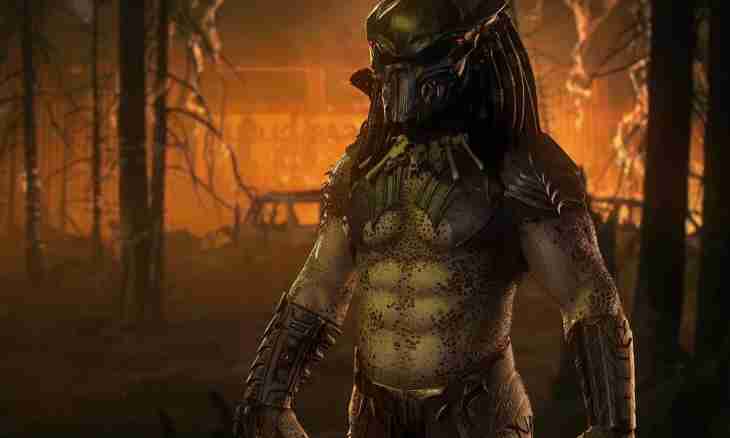At predatory and herbivores there are differences in the structure of digestive system, sets of gastric enzymes, development of a brain, however, looking at appearance of a mammal, it is possible to tell also with confidence, than it eats. The arrangement of eyes, the device of extremities and the structure of teeth can tell a lot of things about tastes of an animal.
Eyes
Having looked at a muzzle of a mammal, it is possible to draw a conclusion on its diet and on whether the animal constitutes danger to you personally. It is all about arrangement of eyes. At a predator they are ahead that allows to track down the victim and it is correct to estimate distance to it at the crucial moment to make a successful jump and to catch the stood gaping production.
In turn, herbivorous also during evolution modified the organ of vision. Their eyes are located on each side that provides the best review of the territory. Being on the open site – a meadow or the savanna and pinching from time to time a grass, herbivorous mammals the surprising eyes ensure the greatest safety.
Exception of this rule are primacies which eyes are in front. At the same time animals are not predators.
And here the color sight does not depend on that, a predator or herbivorous is the studied object. Most often it arises at the mammals who are living or once living on trees. Such feature arose in order that it was more convenient to animal to find fruits among foliage and to distinguish ripe fruit from unripe.
Structure of teeth
At the vast majority of predators and herbivorous teeth differ. Teeth of carnivores are subdivided into the short cutters, pronounced sharp canines allowing to tear production and also the pointed molars. Herbivorous do not need similar devices. Cutters at them larger, canines as it is correct, small and dulled, radical – large with a flat surface what allows to chew them large volumes of a grass. Though in certain cases herbivorous can brag of big canines which they use for self-defense.
The capybara – the large rodent eating exclusively vegetable food however can envy his canines even a lion.
Structure of extremities
It is not necessary to carry out the comparative analysis of many signs to understand, an animal, wild before you, or herbivorous. Sometimes happens to look at his legs enough. At many herbivorous mammals of a leg are adapted for long walking and standing by search of a grass or leaves and their subsequent eating. Extremities of such animals, as well as legs of the person, straight lines. At leg predators in a quiet state possess breaks around knee and ankle joints that allows them to move silently and more effectively to make throws on the victim.
